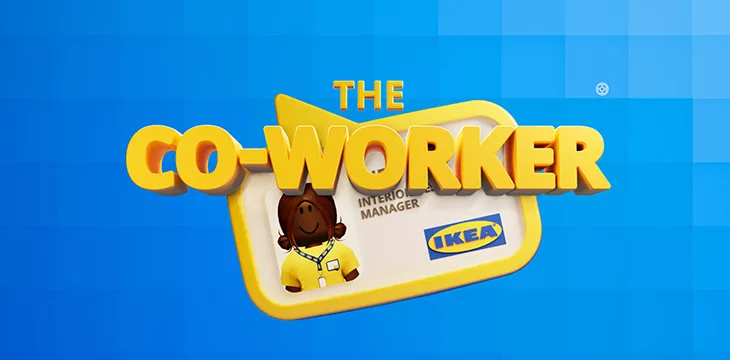|
Getting your Trinity Audio player ready...
|
IKEA, Roblox, the metaverse, and blockchain are probably not four words you expected to hear in the same sentence. Yet, as concepts, they could all tie in very nicely, and indeed, the first two merged this week when IKEA opened “The Co-Worker Game” on Roblox’s popular gaming/virtual-world platform.
All that’s missing now is blockchain, so we must ask the question: Will these two technologies finally notice each other and find a good reason to hook up? And if/when they do, will they be able to attract big-brand names like IKEA?
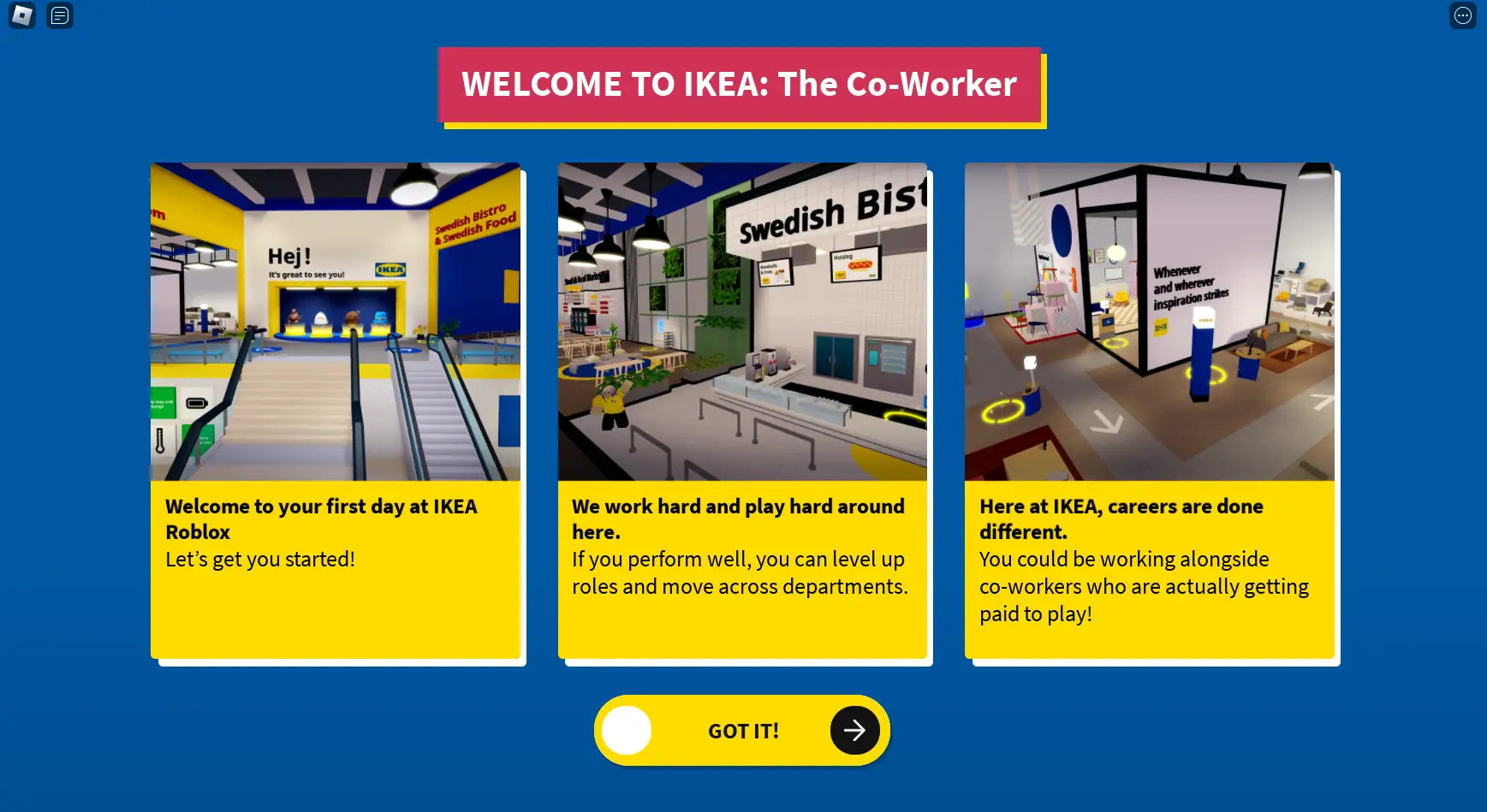
IKEA described The Co-Worker Game as “the brand’s first foray into mainstream gaming,” yet Roblox is about more than just gaming. For starters, it refers to “experiences” rather than “games,” and it is famous for promoting the development of new experiences almost as much as consuming them. It had 17.7 million active users per day in Q1 2024 and was bringing in US$2.23 billion in annual revenues in 2022, making it one of the most popular gaming platforms in the world.
There are several Roblox “experiences” that fit the description of virtual worlds or metaverses more than games, such as Islands, Meep City, and Welcome to Bloxburg. These often have competitive elements, but they’re optional. Players can be just as content building a house and walking around.
It’s clear what IKEA’s goals are with their Roblox “experience”: to let players become interested in the brand and the company’s signature approaches to marketing and career development at a younger age. Roblox’s user base is primarily younger teenagers, which is not a prime housegoods-buying market. This is how IKEA described its virtual store:
“The immersive experience gives players the opportunity to experience IKEA’s unique approach to careers where non-linear career journeys are the norm and lateral moves across departments are commonplace.”
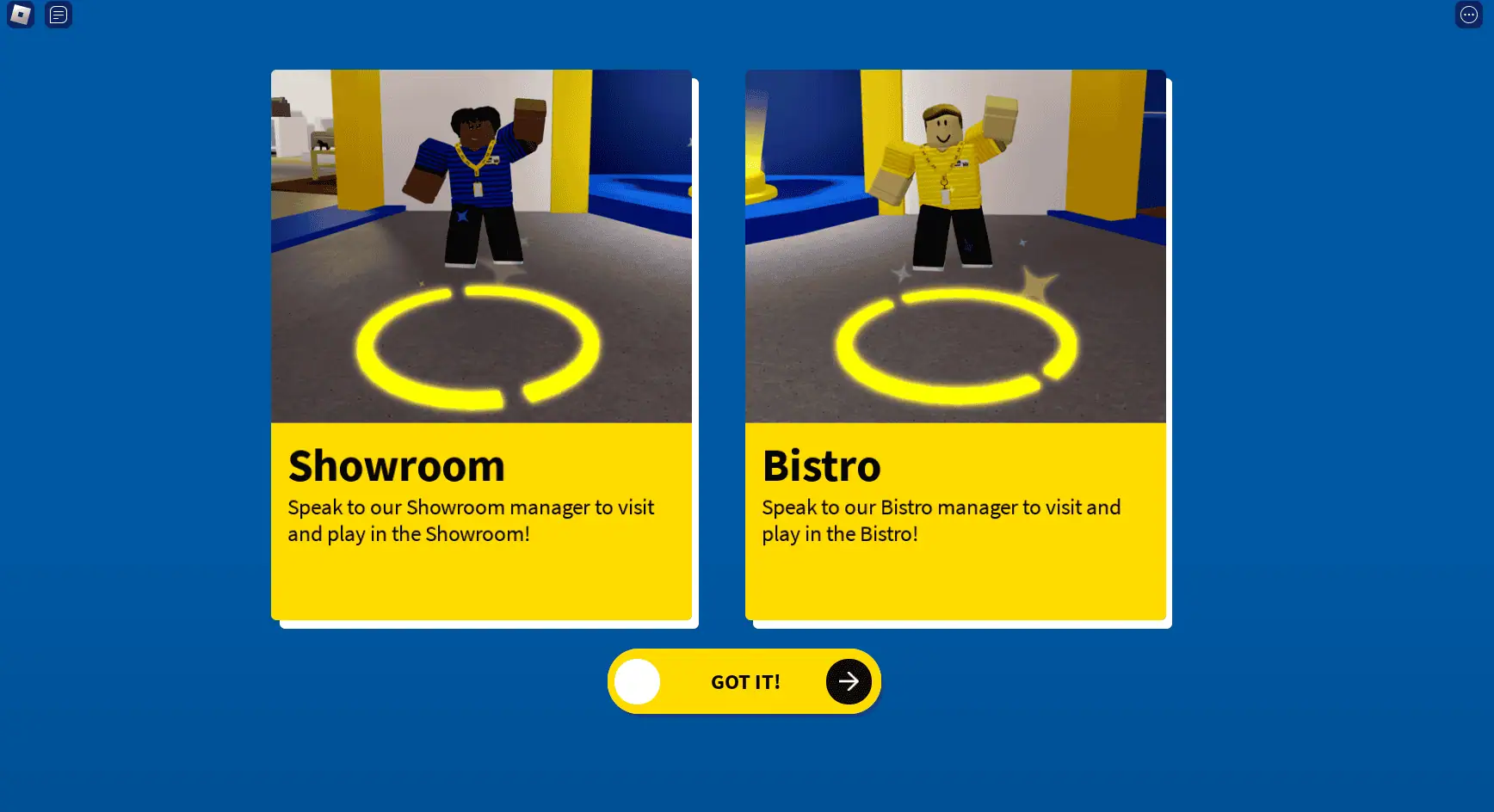
The Roblox IKEA virtual store has that feel, too. It’s brightly colored and welcoming. Although there’s furniture and food in abundance, its focus isn’t on selling products but rather on introducing visitors to the company itself and interacting with its employees. We spent a short time wandering around this retail metaverse but didn’t feel any urge or pressure to spend money.
Maybe it really is all about career development, which brings some real reality into this virtual world. IKEA even pays real wages to its employees in the digital store, who all work remotely.
Commercialization? Yes, just don’t be too blatant about it
IKEA’s brand survived the mild slapping it took around the turn of the century from Generation X and the movie/book “Fight Club,” where the name was used as a stand-in for soulless modernism and aspirational consumerism. Beyond that particular moment, there just wasn’t much dislike for IKEA out in the real world. People saw (and still see) IKEA stores as fun and friendly places, from a company that’s happy to play up its quirky Scandanavian-ness and one that is willing to try new approaches.
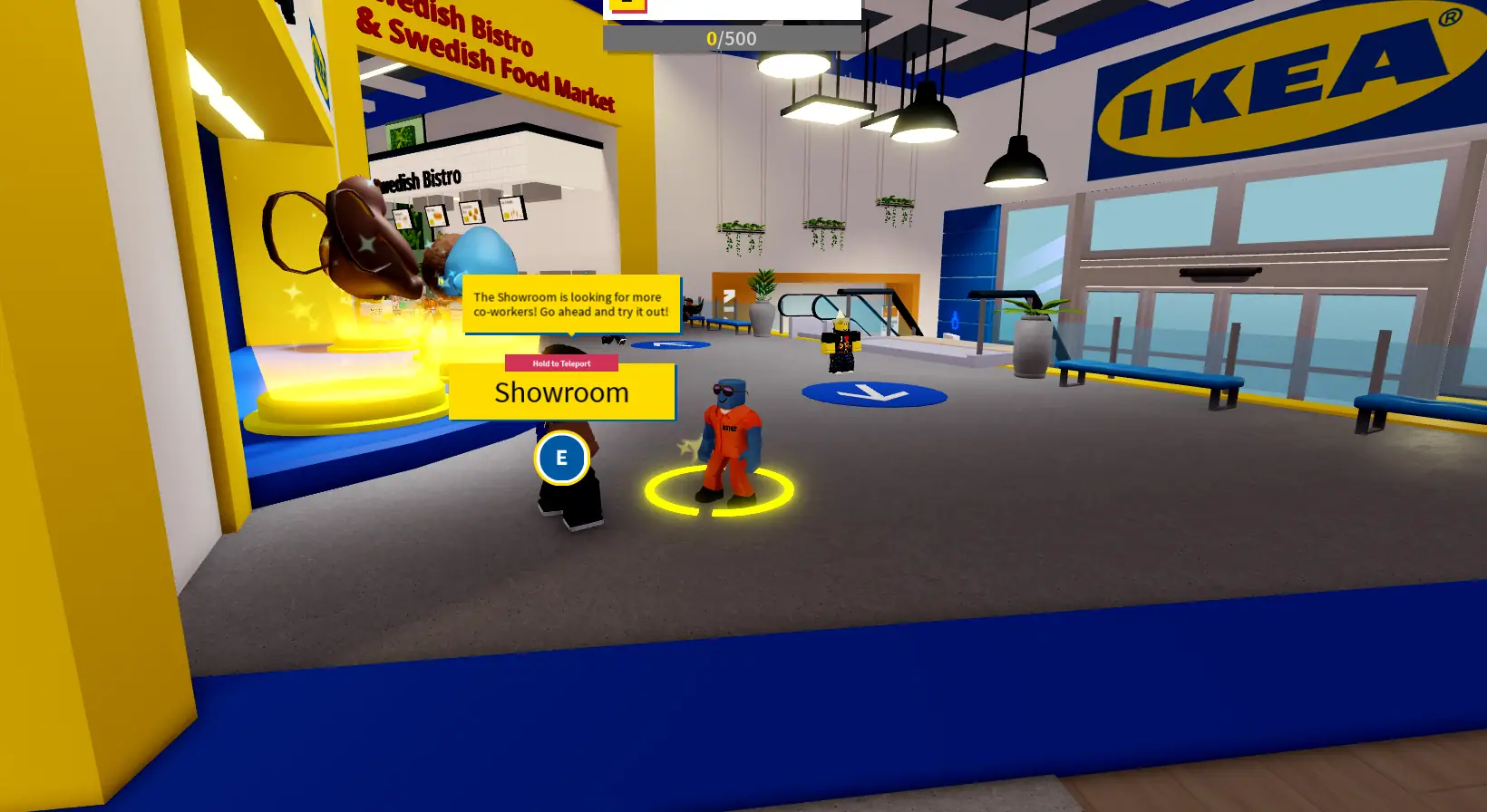
In other words, IKEA and the (rudimentary) Roblox metaverse are probably a good match here, and somehow, it works well on a ready-made platform like Roblox and its large, curious audience.
But what about blockchain? You ask. Where does that come in… and is it necessary?
Blockchain could bring advantages like transferable assets; ownership and identities across separate worlds; security good enough for serious economies and interactions. And everyone loves NFTs. In fact, some people spend whole days in text-only groups talking about them.
It seems like metaverse and blockchain are two 21st-century technologies that are always looking for their “killer app” that’ll finally get the masses to pay attention and sign up. There was a brief moment in the late 00s when Second Life looked like it had found metaverse’s secret sauce. It had big businesses and brands, its own economy, meetings, and education, and it offered ways to interact that were more visually appealing than Facebook (NASDAQ: META). It was sometimes weird without being too weird. Yet, just as it looked like it was going to take over the internet, everyone left.
Likewise with Facebook/Meta‘s aptly named “Metaverse,” which proclaimed itself the natural evolution of social media with real VR features and the backing of one of the tech world’s blue-chip companies. But it fell out of favor even faster than Second Life for reasons that are still being debated today.

There have been attempts to create a blockchain-based metaverse, the most notable being Decentraland, which runs on Ethereum even though it’d probably work better elsewhere. It’s popular, just not very mainstream-popular. We still don’t have anything like the metaverse of stories like “Snow Crash” or the Oasis from “Ready Player One,” which were presented as legitimate alternatives to real life.
None of the above had anything like Roblox’s 70+ million active users. It’ll be interesting to see what becomes of IKEA’s Roblox store after a while, but it’s also fun to think that a gaming platform aimed at kids could team up with a Swedish furniture retailer to bring back the idea of a metaverse with real-life benefits, while everyone’s attention was elsewhere. We’re not suggesting IKEA/Roblox will take over the world, just that it’s a cute proof-of-concept for something that could.
Omniscape CEO: it will take a lot of money and a lot of vision
Omniscape is one company that still believes blockchain and metaverses need each other. CEO Robert Rice says, “Metaverse is the killer app for blockchain,” but also that metaverse examples so far haven’t lived up to people’s expectations. What would make it work?
It really does need to be something more immersive, he says, with ultra-high-quality graphics (unlike Meta’s Metaverse), and it needs to be fundamental, a multitool that meets multiple needs in multiple industries. There needs to be a shift in thinking similar to the one that moved the internet from Web 1.0 to Web 2.0.
“Think of advertising. People pay for likes, they pay for views, for impressions… and Meta was trying to put advertising into their headsets with eye-tracking etc., it was still the idea that ‘here’s a pop-up in front of my face, an interstitial that’s going to interrupt my vision.'”
There can still be, and probably needs to be, a commercial aspect to all this. Someone has to pay to develop all this, and Rice estimates you’d need somewhere between $10-50 million (at least) and the right ideas to build it properly.
“The industry needs to get away from the ‘here’s my advertising banner, my insertion into whatever else you’re doing’ and think more like product placement, as you have in movies. It’s not intrusive; it’s subliminal, but it’s still a very effective way of marketing. If you take it to the next step and really leverage the technology—like real-world asset tokenization, virtual goods, that physical-to-digital link, those impressions could lead to an activation or a transaction. And that’s where the real money is.”
On top of that, he says, you throw in blockchain with all its security and validation, throw in some AI for targeting/customization and more intelligent kinds of experiences, some IoT devices to make the data more dynamic, and it could work.
“All the cool, hot technologies out there could really come together and converge in a good metaverse. Most of the industry just can’t conceive of it, or they haven’t, and they’re missing the point. They’re hopping from one cool thing to the next cool thing and missing where all these minor cool things together create this powerful thing that could be absolutely world-changing.”
Once again, is blockchain still a necessary part of all this?
“I think it comes back to use-case utility and reason for being,” Rice says. “If you do blockchain for the sake of blockchain, why am I bothering to do this? Why not just a secure database?”
NFTs might provide some of the answer to that. Games showed that markets existed for digital assets, but it took the concept of unique, transferable tokenization using blockchain technology to create a wider craze.

“Real-world asset tokenization, virtual goods, physical-to-digital—that is really where blockchain absolutely shines. You get the validation; you get the security, you get all these pieces that blockchain as technology brings to the table, with the advantages of the cryptocurrency (which is a separate thing).”
There are real applications and use cases there, he says. You could still do it without blockchain, but it’d be less secure and have a higher risk profile. To have a real link between a metaverse and the real world, security needs to exist. In a game, you can hack the system or “dupe” game items; it’s just the nature of the gaming industry.
“But if you do that to something that’s worth a million dollars, or ten million dollars, somebody somewhere’s going to be very very sorry. With blockchain, you can validate it, prove it, and do all sorts of (essential) things.”
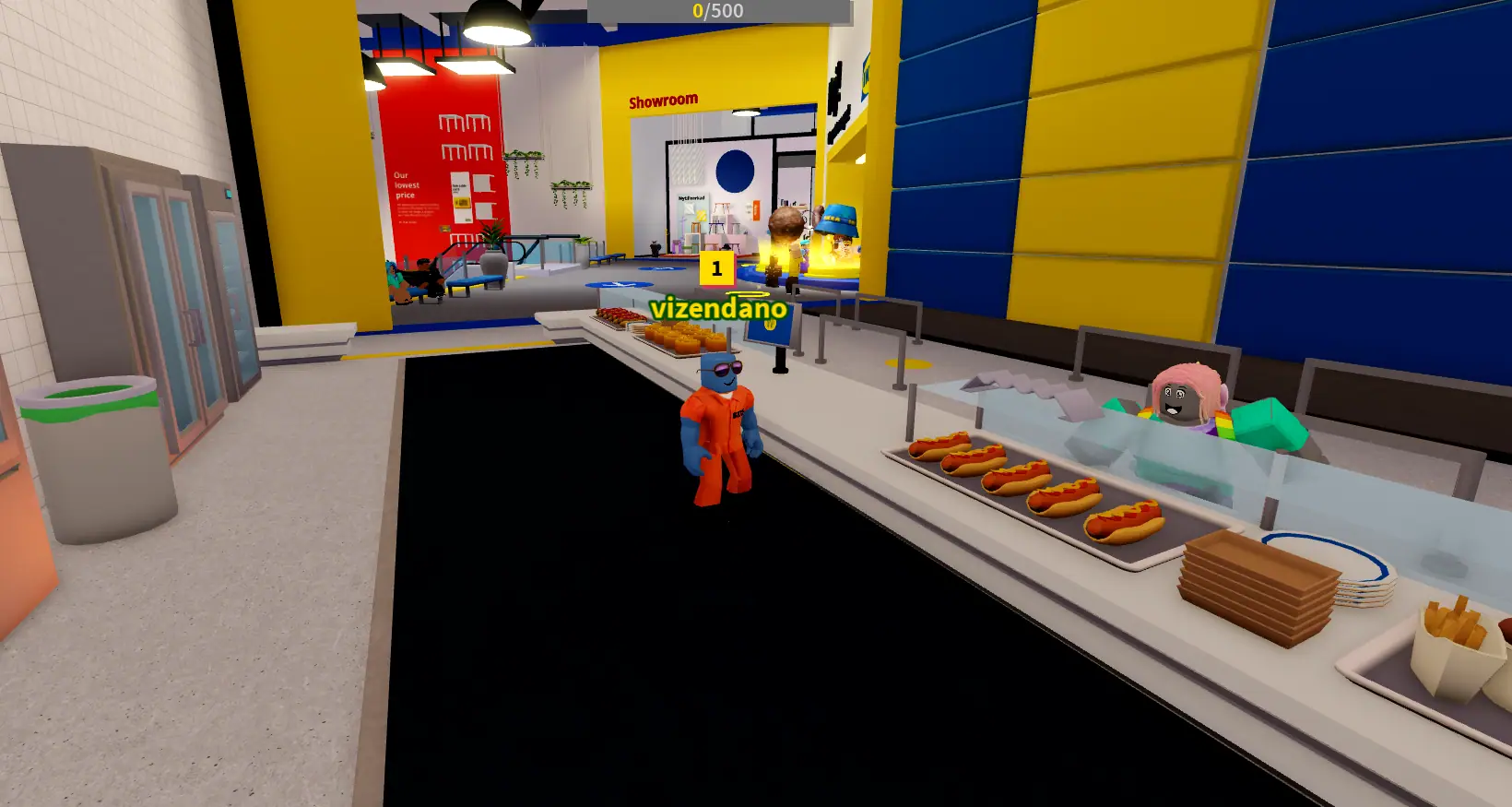
Being impatient for the ultimate metaverse won’t make a great virtual world appear any faster, and attempts to build it without the requisite shifts in culture and thinking are probably what causes missteps like Second Life and Meta Metaverse.
But there are signs that all the pieces needed to spark these shifts are appearing… at least. Teenagers launching their careers selling virtual meatballs in IKEA/Roblox, degenerate NFT traders in Telegram groups, marketers needing new ways to engage their target audience, and AI/IoT developers looking for new applications—these all exist in separate worlds today. However, each one represents a new way of thinking, and these new ways will accumulate in every new generation that comes along.
Watch: Omniscape Metaverse on the scalable BSV blockchain – Robert Rice

 09-08-2025
09-08-2025 
